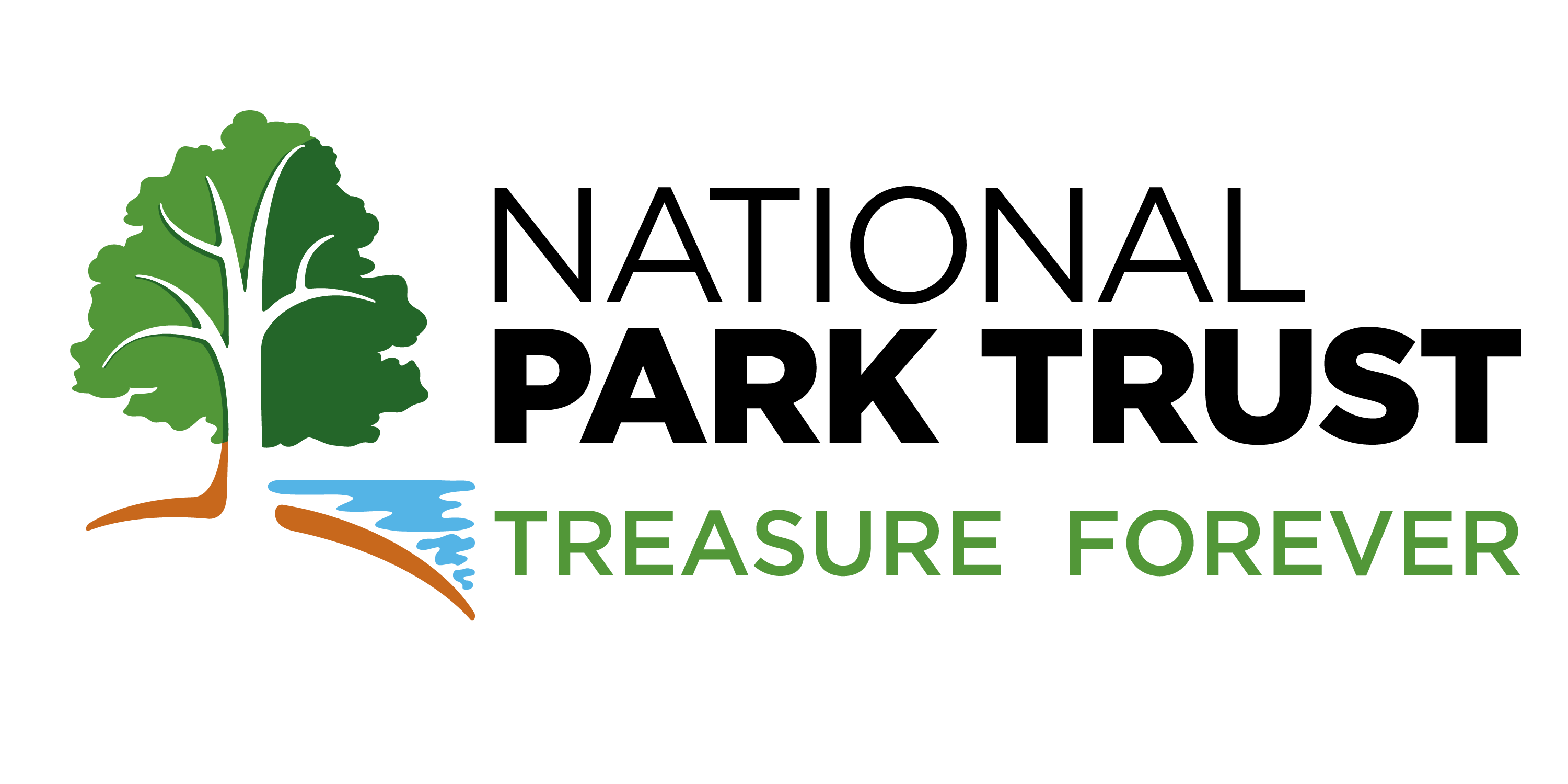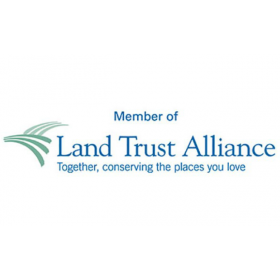Potomac Shad – Fun At Fletcher’s Cove

The American and Hickory Shad run in the Potomac River is somewhat of a bittersweet story. In my opinion, shad are not that smart of a fish, relatively speaking, and they fight pretty hard, making for an attractive combination for the average angler such as myself. The 10,000-mile journey some of these fish take after wintering in Florida is not what it once was, but the shad presence is notable in the history of the United States and the Potomac River.
- The 1608 General History of Virginia states the shad were ‘…lying so thicke with their heads above water, as for want of nets we attempted to catch them with frying pans.‘ In the 1830s it was not uncommon for fishermen to pull 4,000 shad or 300,000 herring in one single haul. Many know the story about how shad saved George Washington and the Continental Army at Valley Forge in 1778, as their “delivery” saved his troops from starvation. According to the 1938 account of Harry Emerson Wildes “dramatically, the famine completely ended. Countless thousands of fat shad, swimming up the Schuylkill to spawn, filled the river….Soldiers thronged to the river bank….the netting continued day after day…until the army was thoroughly stuffed with fish.”
- George Washington was one of the first watermen on the Potomac and his fishery helped keep Mount Vernon viable. There are historical writings that he was paying six shillings a piece for shad (~$30 today). That is a lot considering Washington was known to be frugal!
- Shad influenced the American Civil War, when, at “the decisive battle at Five Forks (Va). On April 1, 1865 (CSA General) Rosser had paused to scoop up some succulent shad from the Nottoway River. He invited George Pickett and Fitz Lee to join him for lunch.”
In the late 1950s-1970s the history of Shad in the Potomac becomes a lot less pleasant. The upper freshwater tidal Potomac in the Washington metropolitan area receives the river’s largest wastewater and stormwater inputs, deposits that were (and are) often lethal to most fish, and particularly so to migratory fish returning to that area to spawn. Major migratory fish kills which occurred in the early 1960s are one of the major reasons that President Lyndon Johnson declared the Potomac River a “national disgrace.” Migratory fish were also subject to over-harvest and loss of spawning habitat, the latter principally through the construction of dams. Despite significant improvements in water quality since the 1970s and a river harvest moratorium in effect since 1982, the American shad stocks had not recovered in the Potomac River by the mid-1990s.
While the shad population in the Potomac watershed is not back to its former glory, some major steps have been taken to give the species a fighting chance, and some rebound has occurred. Factors contributing to the rebound include:
- The Potomac has high potential for shad based on location, bottom topography, and temperature.
- Water quality improvements in the last decade.
- Shad harvest moratoriums.
- An important milestone for the fish passage restoration project was accomplished in January of 2000 with the completion of the fishway at the Little Falls (Brookmont) Dam by the US Army Corps of Engineers (North of Chain Bridge).
- Shad stocking programs: In 1995 an effort began by a coalition of federal, state, regional, and local agencies and nonprofit groups, organized as a Task Force22, to open historic spawning and nursery habitat for native and anadromous fishes in the Potomac River. An eight-year American shad stocking project began that same year which was designed to imprint shad to the historic spawning and nursery waters and to help rebuild Potomac River shad stocks. The stocking of one million shad fry was the annual goal.
I realize that was more history than you expected from the regional events blog, but I collected this information for a Zoom meeting the DC Program had during the 2020 days of virtual meetings. Fast forwarding to 2023, the DC program finally organized an event to actually go shad fishing! Timing the event is a bit tough because the shad run is dependent on a lot of environmental factors. Last year, the run was still going relatively strong into May. This year, the run had slowed down significantly by May but that did not stop us from giving it a shot!
Similar to our recent successful trip to the Savage River, this event was made possible by a generous donation from the National Park Trust. I want to once again thank Ivan Levin (Director of Strategic Partnerships and Communications) and Nick Weig (Programs Coordinator) for supporting our Program. Due to the generosity of their partnership, we were able to cater the event with BBQ, and send each participant home with their own fly rod, floating and sinking line, and a box of flies with the help of our local fly shop, District Angling.As I mentioned above we were late for the Shad run this year. We did end up catching a few blue gill in the C&O canal but that was it!
This event was also another opportunity to highlight the collaboration in the National Capital Region. DC welcomed numerous participants from Ft Belvoir and La Plata. We intentionally paired up boat teams with volunteers and participants from different programs, and everyone came away from the day making a few new friends that probably live pretty close by.
Sources: https://www.potomacriver.org | https://www.chesapeakebay.net







